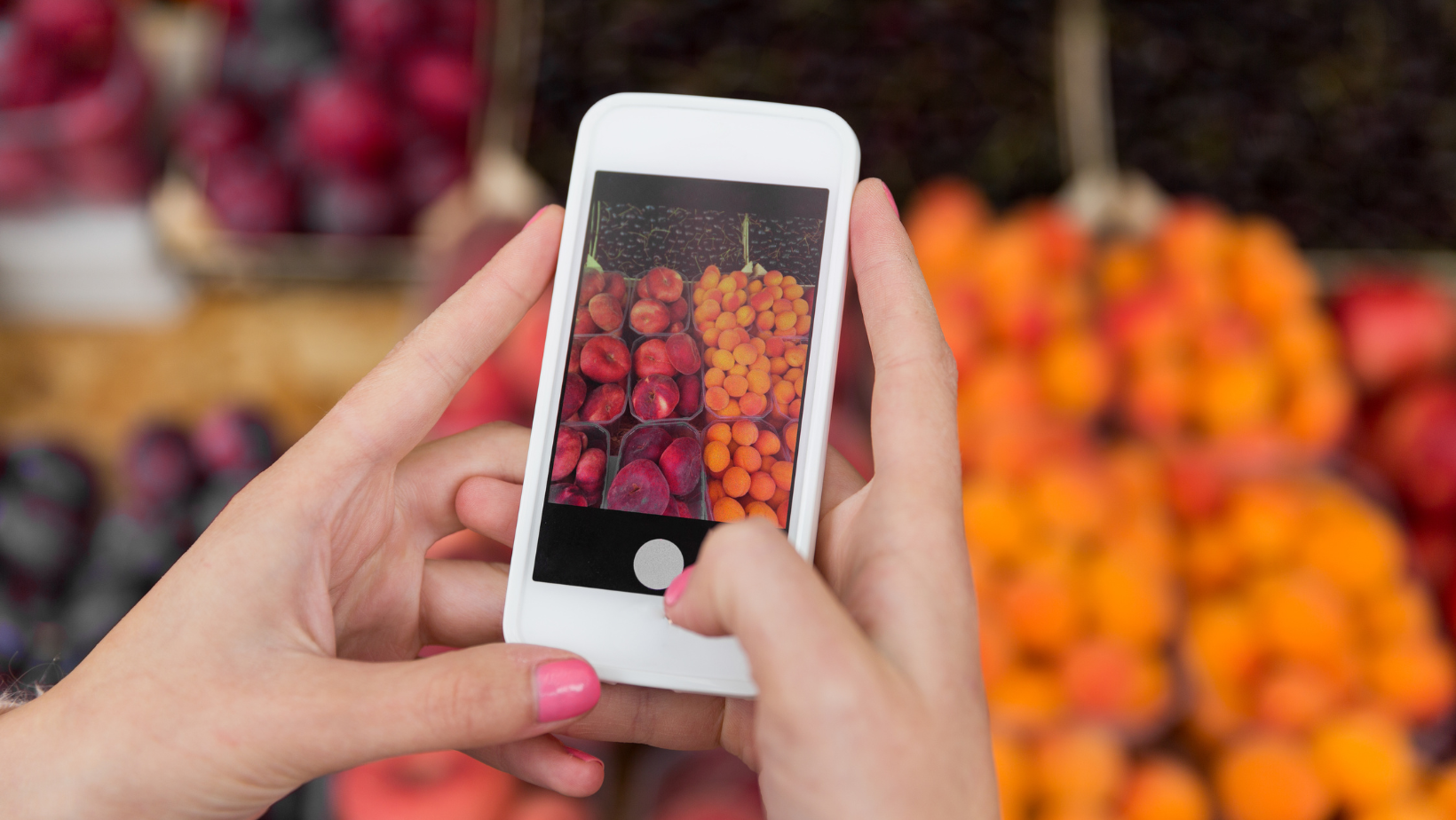
February 2, 2024
When getting started with marketing, it's easy to skip right to setting up social media profiles. Many different platforms make it quick and easy to set up a profile and start sharing within minutes. While social media can be a powerful tool for marketing your farm, it can also be a wormhole that distracts your potential customers away from your message. Everyone’s there, after all! So how do you make social media work for you and not the other way around? In this post, we’re going to go over key strategies to leverage social media to grow and connect with your customer base.
First things first: build your farm website. It's important to have a home base online that you can link to in your social profiles. Next, spend some time developing your mission, vision, and values. These will inform what you want to share. Finally, consider who your ideal customer is. The most effective social posts are those that resonate with your ideal customers and encourage them to engage with you.
Engagement can mean many things: liking, commenting, sharing, clicking the link to your website, or signing up for your email list. Whatever action you want your customers to take, understanding who they are and what they’re looking for is key to creating engaging social posts.
Now you’re ready to dive into social media!
Step 1: Identify the platforms you want to use.
Should you be everywhere or focus on one platform? The answer comes down to two things: where do you enjoy hanging out, and where does your ideal customer hang out? While there’s plenty of crossover between platforms, each one tends toward different demographics. Consider where your ideal customer is most likely to be and focus there. This social media fact sheet from the Pew Research Center offers demographic insights on some of the most popular social platforms. It’s better to choose one and be consistent than it is to make many profiles that you end up forgetting about.
Step 2: Fill out your profile.
Your social media profile is like a seed: a tiny encapsulation of you who you are. In the bio section, share what you grow or produce, your location, and a link to your website. For your profile picture, use your portrait, logo, or a photo of your offerings. If you have multiple social media accounts, keep your profile picture consistent across platforms for recognizability.
Step 3: Identify your core categories and create posts.
You don’t have to share every moment of your life on social media. In fact, your engagement will increase if you have a clear focus. When you’re posting, think of your ideal customer and what they’re looking for. What’s important for them to know? What will delight them? Where do your interests and desires overlap?
Choose 3 - 5 main categories based on the answers to these questions. For example: vegetable growing, grazing, farm recipes, and why you farm. Don’t be afraid to throw in something fun, too – maybe you love listening to podcasts or audiobooks in the field. Asking for recommendations and sharing your favorites is a great way to build engagement.
Step 4: Schedule posts.
Farming doesn’t always lend itself to in-the-moment sharing. Using your categories, plan out what you want to share one week to one month in advance. Schedule posts, using captions to encourage comments, and point to your current sales, blog, and/or email list. There are many social media planning companies that offer scheduling and automatic posting. Some examples include Buffer, Meta Business Planner, HootSuite, and Later. Alternatively, you can create your own schedule in a simple spreadsheet and manually post. Figure out what cadence works for you – and if you like the “instant” part of Instagram, go for it!
A note on the algorithm:
It's helpful to be aware of the algorithm by noticing what types of posts are trending, but you want to focus more on consistency than chasing trends. Remember: your goal is to connect with your audience and grow your customer base. If a new fad isn't your style, let it be and keep up what works for you. Consistently posting content that speaks to what your customers are looking for and what they value will keep your time focused on building relationships.
Lastly, remember this: the value of social media isn't in the number of followers or likes. It’s in the relationships. The end goal of social media should be to get people to your website and onto your email list, where you can continue developing relationships with your customers. Think of social media like scattering seeds, and your website like the ground where they can grow. Consistently show up, share posts that speak to who you are, what you offer, and how you serve your customers. And have fun!
Thanks for reading the Vermont Agency of Agriculture, Food, and Markets’ Marketing and Agritourism Blog! I’m your guest host this week, Katie Spring. I'm the Outreach & Content Specialist at the Northeast Dairy Business Innovation Center, and the co-creator of Good Heart Farmstead, a vegetable farm in Central Vermont. Stay tuned every month for tips on marketing and incorporating agritourism practices on your farm and be sure to sign up for the Vermont Ag Bulletin so you never miss a post!

